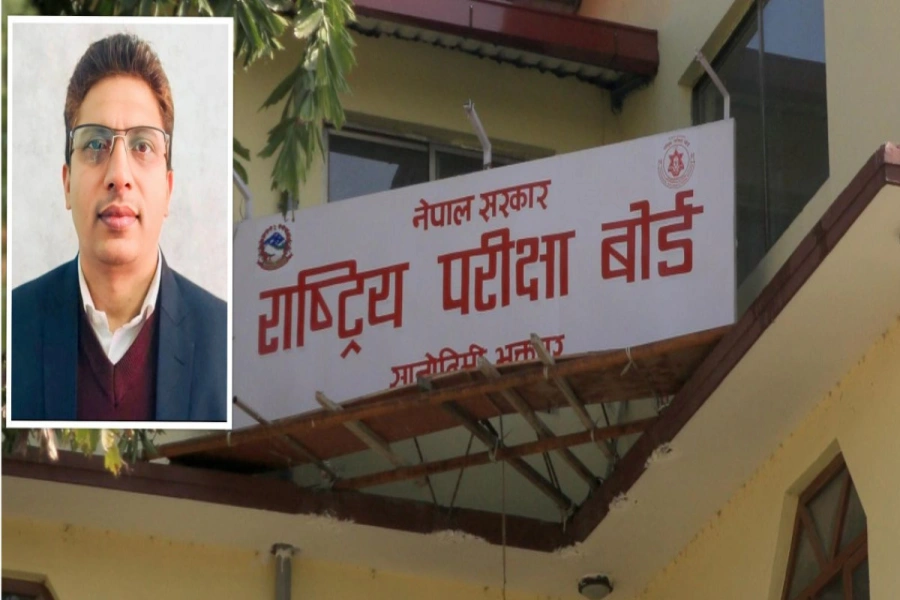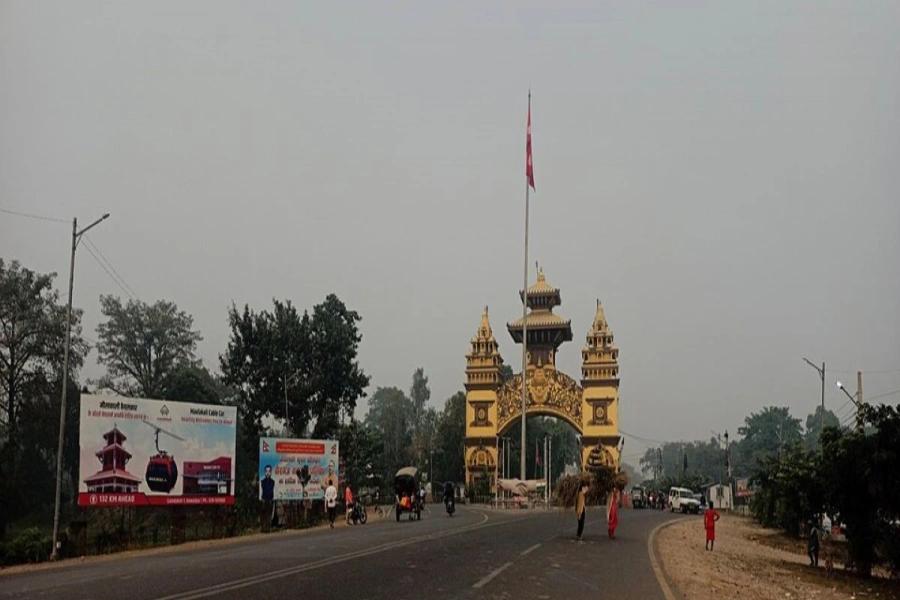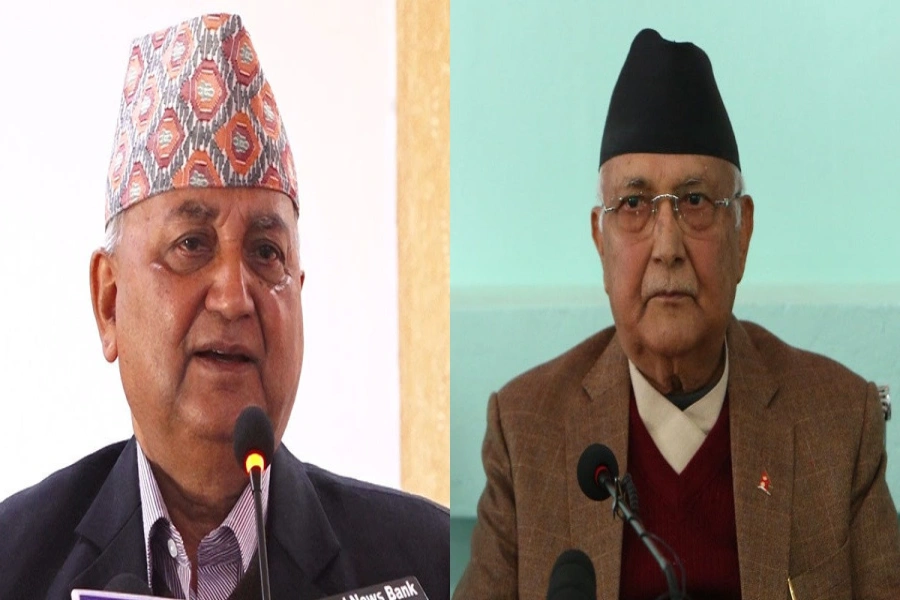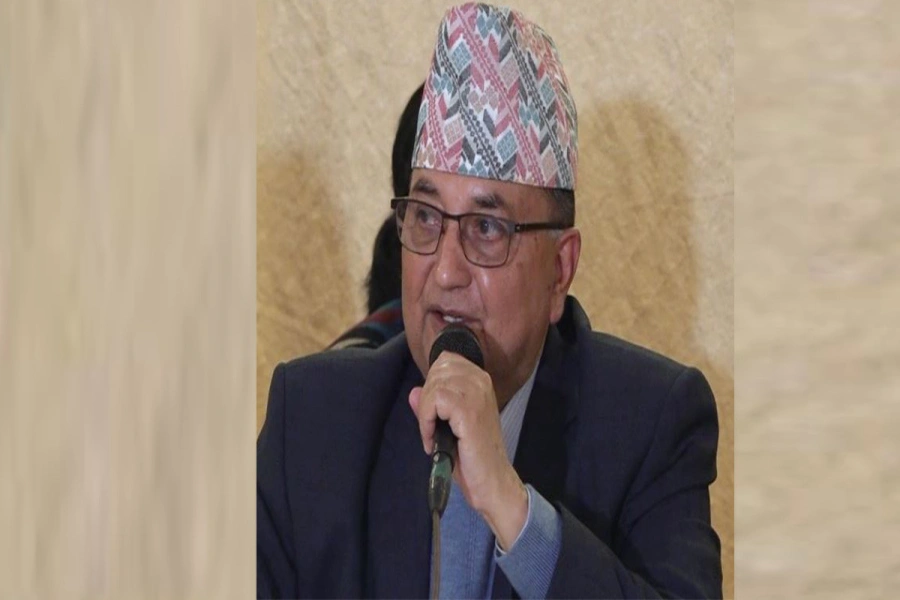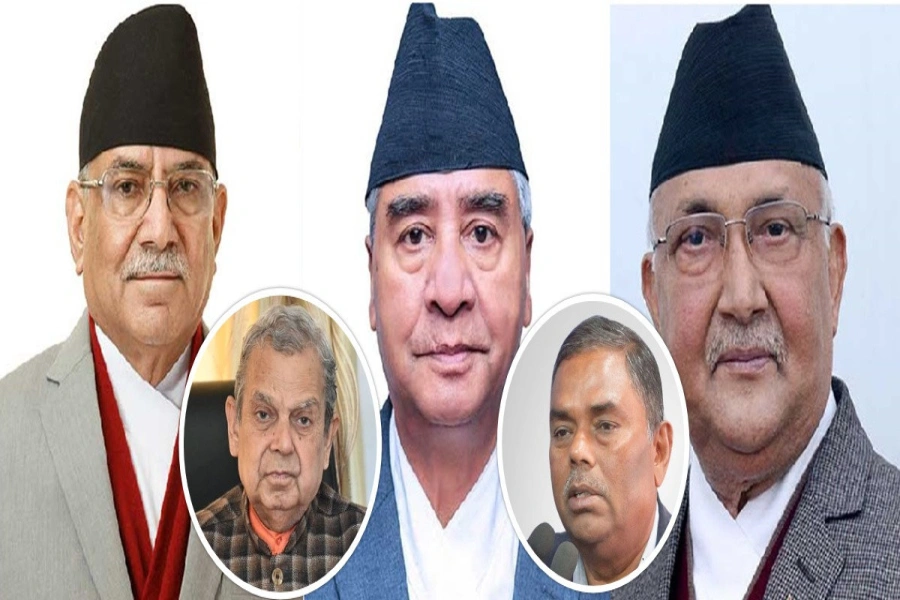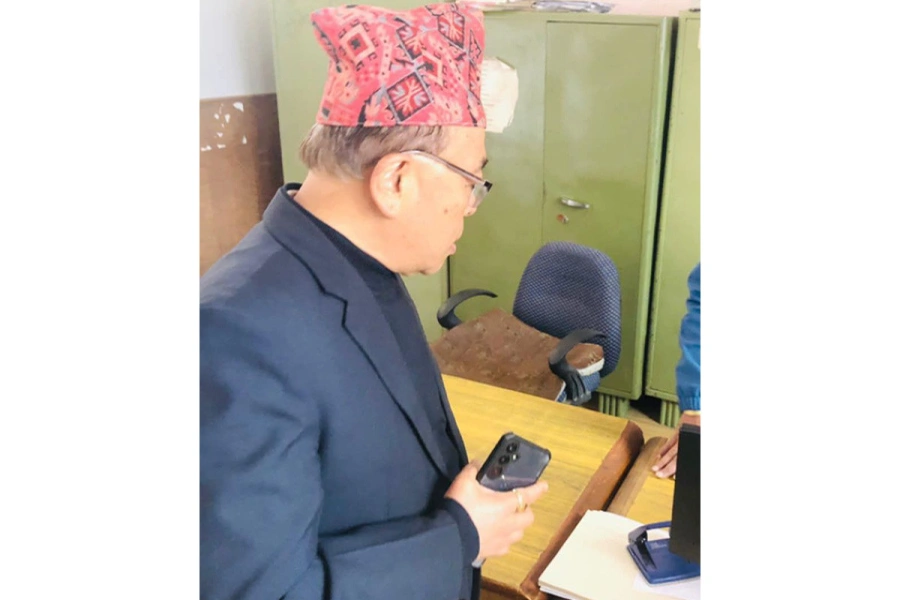CHITWAN, Aug 18: In the academic year 2012/13, as many as 1,276,000 students were enrolled in Grade 1. These students were supposed to take their SEE (Secondary Education Examination) in the academic year 2022/23.
However, as much as 60 percent of these students are expected to have dropped out before reaching Grade 10. According to a flash report released by the Ministry of Education, as many as 762,400 students of the over 1.25 million students who enrolled in Grade 1 in 2012/13 have dropped out before completing their secondary education.
In 2012/13, more than 1.25 million students were enrolled in Grade 1. By 2022/23, the number of students enrolled in Grade 10 has dropped to 513,600, according to statistics.
Worth of stories

Professor Balchandra Luitel, dean of the School of Education at Kathmandu University, points out that the decline in student numbers at the school level is a matter of concern. He believes that the trend of students dropping out in the middle of their education does not bode well for the country's education system.
Luitel expressed that the purpose of education is unclear, questioning whether the current curriculum is the issue. He emphasized the need for a thorough study on this matter, stating, "The state must think about this issue in a timely manner." He also attributed the decline in education quality to a lack of experiential learning and stressed the need to provide life skills through education. He argued that teachers should focus on building the future rather than merely delivering education and criticized the lack of proper leadership in universities and schools.
Not only at the school level but also after SEE, around 100,000 students go abroad for further studies. Professor Basant Raj Lamichhane from Saptagandaki Multiple Campus suggests that the state should conduct a separate study on the reasons behind the inability to retain students.
Lamichhane noted that the number of students in colleges has been declining each year. There are more than 500 colleges with fewer than a hundred students, and over 800 colleges with fewer than 200 students. He urged the state to identify the reasons for this decline and address them. He mentioned that the decline in campus student numbers began in 2065 BS (2008 AD), but it significantly worsened after the 2015 earthquake and the COVID-19 pandemic. He warned that if the government does not take steps to address the issue, the situation could deteriorate further.
Research presented at the event also revealed that the dropout rate among university students is increasing, and exam results are declining. More than 50 percent of students enrolled under the annual examination system drop out and go abroad. The pass rate has also been declining, with only 48 percent passing the SEE this year and 52 percent passing in Grade 12. This reflects the overall state of education in Nepal.
Professor Dr Sharda Thapliya, registrar of Agriculture and Forestry University, expressed concern about students not staying in Nepal and called for a transformation in the education system. She emphasized the need to develop curricula that meet market demands.
Professor Dr Dayaram Poudel, principal of Birendra Multiple Campus, pointed out weaknesses in management as a reason for the lagging performance of universities. He suggested that even though government schools have good teachers and facilities, they do not achieve excellent results due to management issues, while boarding schools often do better.




